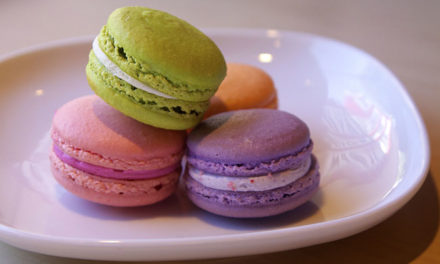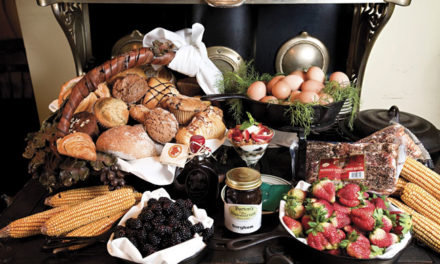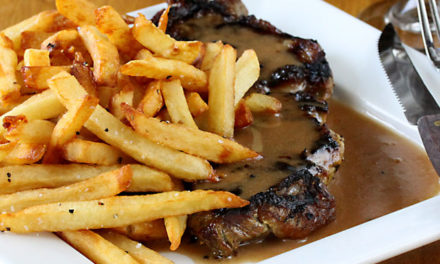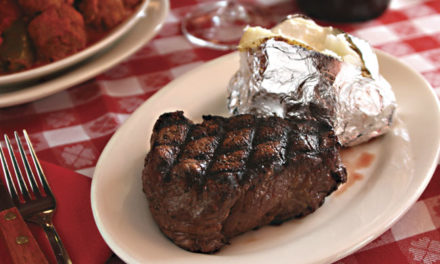BY ELISABETH ANDREWS
Celebrating its 40th anniversary this year, Oliver Winery is Indiana’s oldest winery in operation and one of the largest wineries in the eastern United States. Last year saw 365,000 cases of Oliver wine distributed throughout the country, some of it from estate grapes grown at Oliver’s 53-acre Creekbend Vineyard in Bloomington.
Looking out over the rows of vines, it’s hard to imagine that the business began in a law professor’s basement—or that the winery was on the brink of collapse in the 1980s. Bill Oliver, 52 and now the winery’s president and director of operations, remembers how it all began when his father, IU law professor William Oliver Sr., took a sabbatical in Ithaca, New York, in 1965.
“On the weekends he’d take us out to the Finger Lakes,” he recalls. “The areas where they had grapes growing struck him as similar to the terrain in Bloomington.”
When you want to start a winery in a state that doesn’t permit commercial wine making, it helps to be a prestigious law professor. William Oliver’s influence was instrumental in the passage of the Indiana Small Winery Act of 1971, which enabled wineries to sell directly to the public.
Oliver Winery opened in 1972 in a corrugated-steel Quonset hut bolted together by law students. “We put a board on top of two barrels, and that was our checkout counter,” remembers Bill.
The winery’s first great success was its Camelot Mead, a light, sweet wine that was all the rage in the late 1970s. Bill recalls wild parties and jousting tournaments held on the winery’s grounds, in which many participants dressed in full medieval garb and drank their Oliver mead from beer steins. When the excitement died down, though, the winery floundered financially and was close to shutting its doors.
Bill, who had just graduated from college in 1983, realized it was his one chance to help the winery recover. “My dad was just kind of done with it,” he says. Bill’s idea, which at the time was unprecedented, was to ship in grapes from the West Coast that Oliver would age and bottle. Between that shift and a new emphasis on aesthetic “curb appeal,” the winery started to become a destination for enophiles.
The present-day tasting room was built in 1997, shortly after Creekbend Vineyard started planting grapes again. Sales went up 60 percent that year—and continued to grow by 30 to 40 percent for many years after. Wine production now involves 90 people, 92,000-gallon tanks, and a fully automated bottling plant. Oliver sells 36 varieties of wine, 15 of which come from the vineyard, as well as a range of fruit ciders that, since being packaged in single-serving bottles last year, have increased in demand more than tenfold.
The scale of operations is dizzying, especially for a business that is still family run: Professor Oliver passed away last year, but Bill continues to oversee the business with his wife, Kathleen, who has served as the winery’s general manager since 1993. Despite the ongoing exponential growth, however, Bill is unshakably calm.
“When we step back, I guess it’s pretty impressive what we’ve pulled off,” he says. “But I think we can all stand to raise our expectations of what’s possible.”
Oliver Winery will be hosting a number of 40th-anniversary events this summer and fall.















